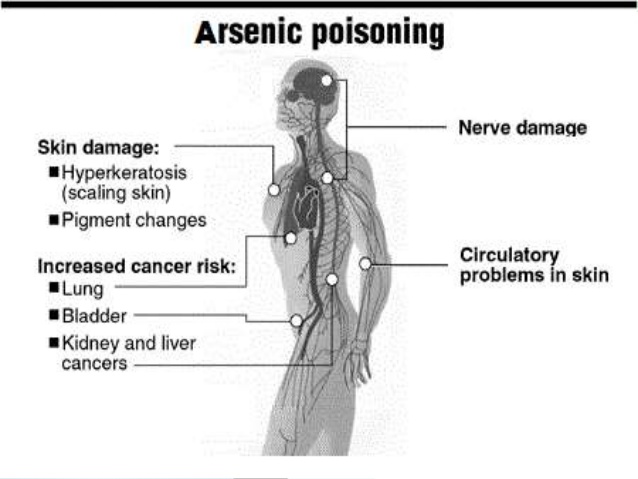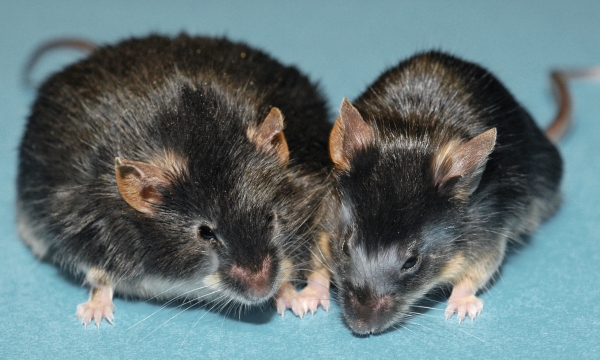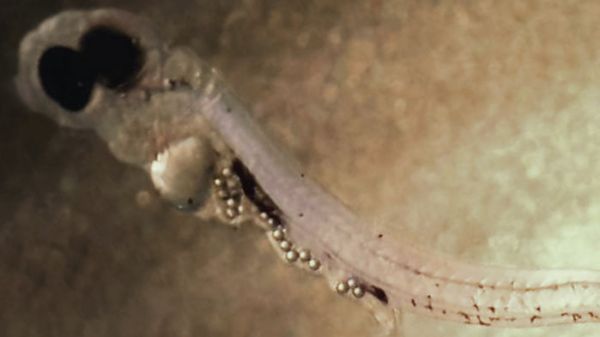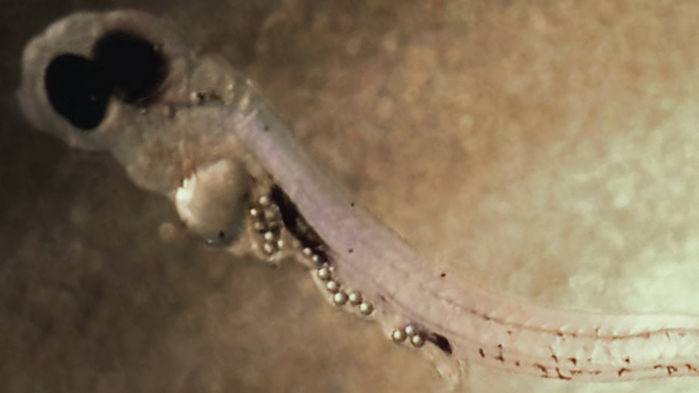Publication of three recent articles, and indeed, my own personal experience, serve to highlight the particularly anti-free speech, anti-American sentiment present on college campuses today. Sure, anti-American sentiment has always had a presence on the college campus, at least since the early to mid 1960’s, but the absolute assault on free speech, the totalitarian tactics of students and perhaps more importantly, college administrators, combined with the Huxleyan ignorance that pervades our society and culture, are relatively new phenomena.
Mike Adams, professor of Sociology and Criminology at UNC-Wilmington, not the Mike Adams of the hack pseudoscience website NaturalNews.com (not linked intentionally), authored the first article that prompted this post: Thatcher in the Rye. Through the use of a specific example, Adams demonstrates the anti-free speech atmosphere that exists on college campuses today. Certainly one specific incident, an anecdote, but merely the most recent actor on a back drop of fifteen years of such columns. Adams has further emerged victorious in at least three court cases related to free speech on the UNCW campus (1, 2, 3). Adams, victorious on the front lines of university free speech issues, is more than qualified to comment on this issue.
Adams column is summarized in “five lessons” that should be taken from this incident.
Continue reading “The State of Free Speech on College Campuses in the U.S.A.”








